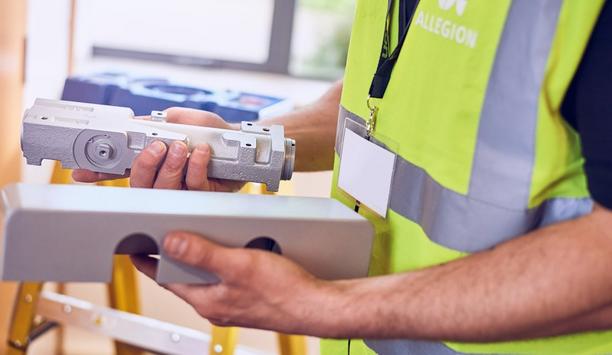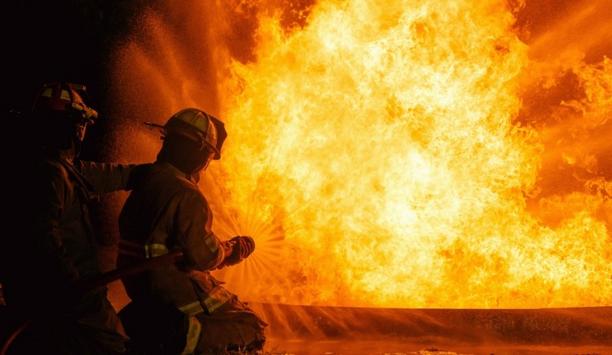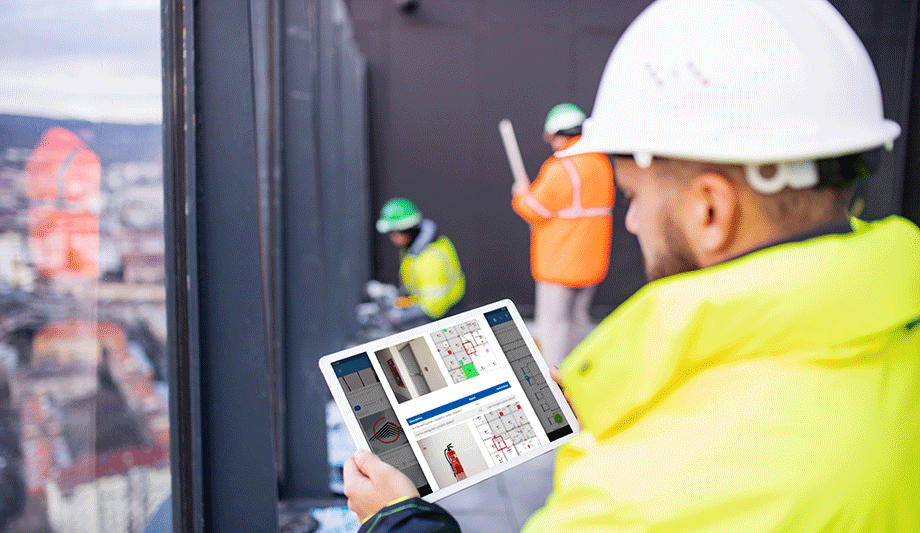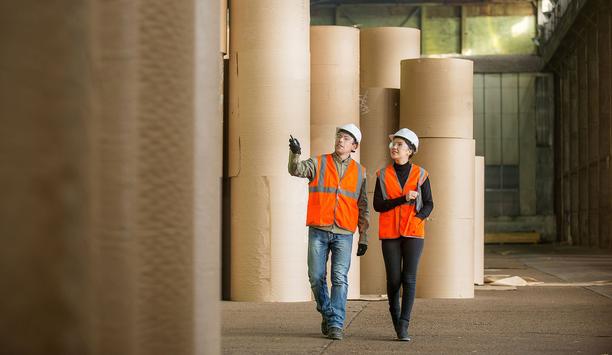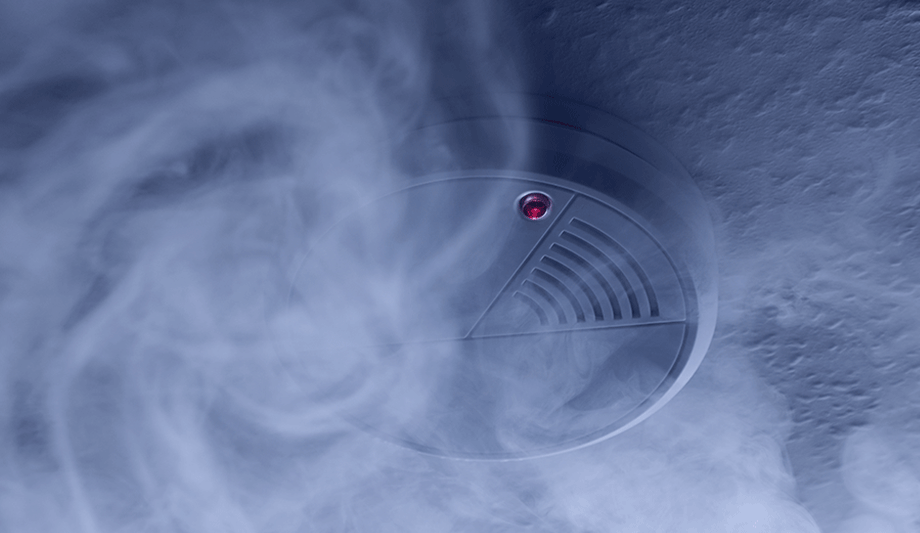 |
| Training maximises automated solutions allowing crew members to trust technology and stay operational at sea for longer |
Navies are now increasingly reliant on automated systems to fulfil the roles crew used to perform including fire prevention, detection and on-board leaks. Driven in part by reductions in manning levels, automated systems are also being implemented to reduce the risk of harm to crew during onboard emergencies.
We are seeing several new ships commissioned and deployed with automated systems. The Royal Navy’s Queen Elizabeth Class Carriers for instance are noticeable for increased reliance on automation with a small ship’s company in comparison to the size of their ships.
Reliance on automated systems
Automated systems work with thousands of sensors across a ship constantly feeding information to one place where crews can take immediate action on any problem that exists.
For example, crews have access to data which can report when machinery isn’t performing to its optimum level and crews can take action to reduce the damage caused by potential malfunctions. Systems will also measure and manage the propulsion, electric plant, auxiliaries and engineering casualty/damage control systems which keeps the ship afloat.
These systems allow Navies to reduce implementation and maintenance costs, while improving overall system performance, reliability and flexibility. This means ships stay operational at sea for longer periods of time.
Need for training and procedures
Navies from across the world however have recognised reducing manning levels creates new challenges. Training is a key challenge to maximise automated solutions because if navies are still training their crew ‘the old-fashioned way’, crew members are more likely to not trust technology and try to rely on their own abilities.
The role of FOST is especially key as crews adapt to increased automation within the fleet. Sea training units not only has to gain the crews trust to utilise systems but also ensure damage control procedures correctly evolve to counter the reduced crew numbers onboard.
Although lean manning is becoming increasingly the norm, training of crew and dealing with human error are still two critical components of maintaining smooth operations. Training and procedures enable crew to become comfortable with on-board situations and this can be achieved through a mix of simulated and practical training.
Naval Damage Control returns for its 5th edition from 3rd-5th October 2017 at the Portsmouth Marriott. The 3-day event will explore several topics to ensure ships remain operational at sea.





